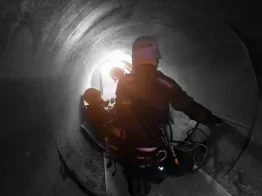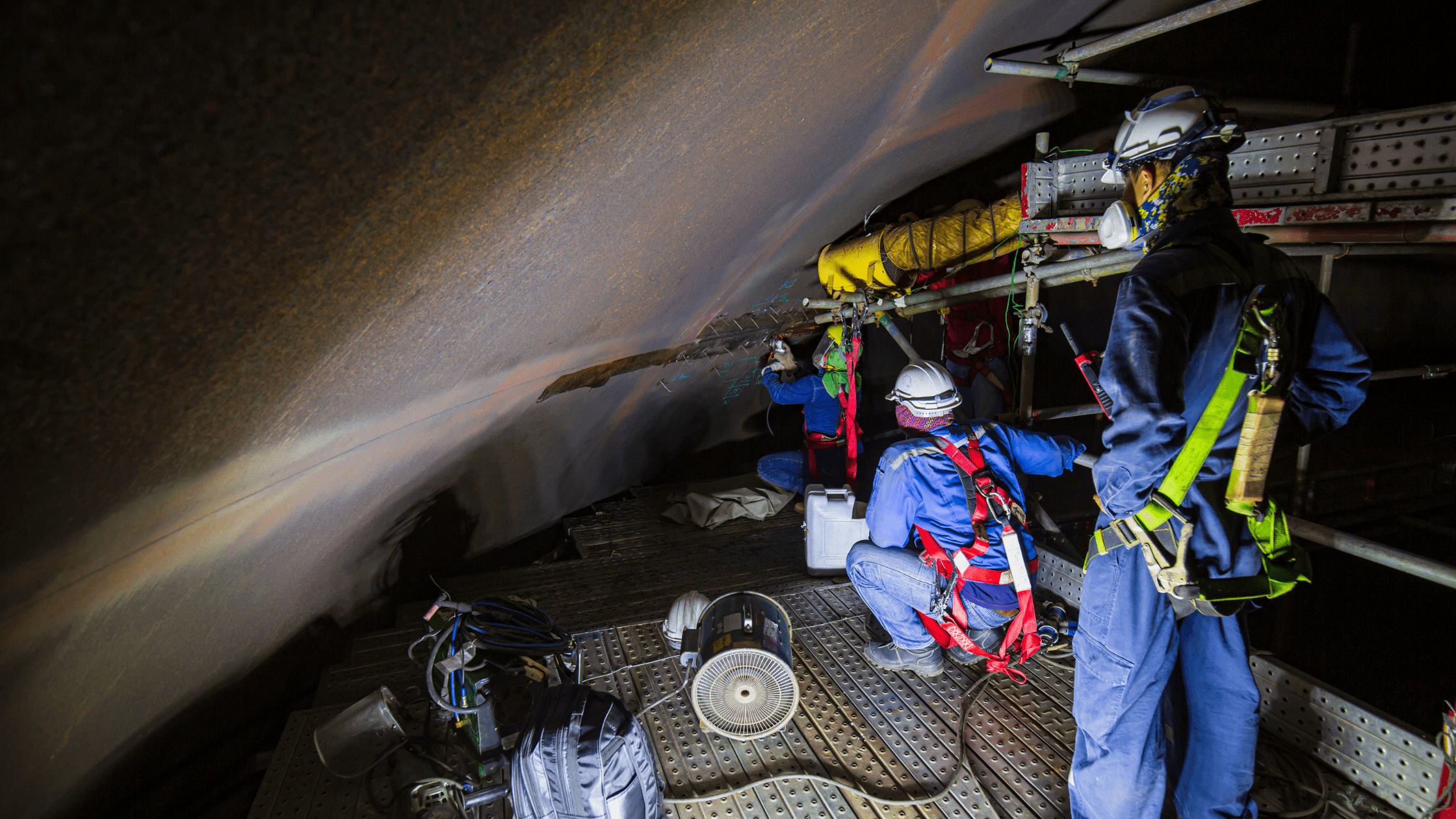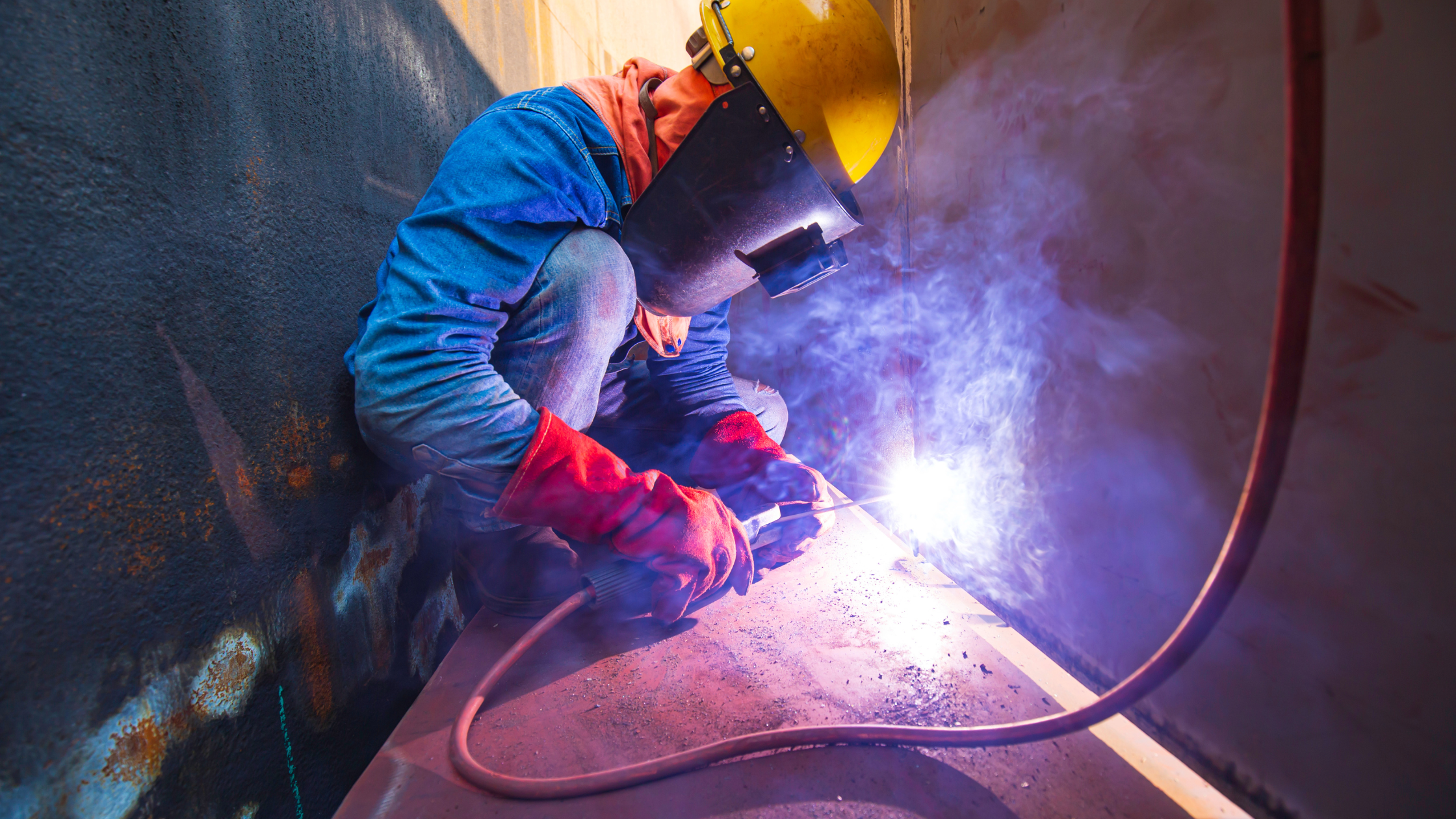There are many dangerous jobs out there and working in a confined space is definitely one of them. Though working in a confined space that is not meant to be occupied by people even for a limited amount of time is not a common occurrence for every worker, workers may have to enter a permit-required space at some point. These workers are at risk of getting injured due to limited space for mobility, reduced access to oxygen, and reduced visibility.
This is why safety should be the top priority of employers across a wide variety of industries. In this post, we’ll take a look at what are considered confined spaces and why a confined space course is important.
Confined Space: What Qualifies as One?
Confined space in the workplace is an area that is limited or restricted for entry or exit. By definition, it is not designed for continuous occupancy but is often large enough for workers to enter and perform certain jobs.
Below are the most common examples of confined spaces in the workplace:
- Ductwork
- Equipment housings
- Hoppers
- Manholes
- Pipelines
- Pits
- Silos
- Storage bins
- Tanks
- Tunnels
- Vaults
- Vessels
Many jobs require workers to enter these confined spaces. These include construction workers, electricians, oilfield labourers, pump truck technicians, scaffolders, vacuum truck operators, welders, and more. As work in a confined space cannot be totally avoided, it is strictly regulated.
Risks of Working in a Confined Space
A training course on confined space educates participants about the many dangers of working in confined spaces. Some risks are often invisible or hard to detect, which include the following:
- Access difficulties during emergencies
- Asphyxiation risks
- Contamination risks
- Drowning/flooding risks
- Fire risks
- Reduced oxygen levels
- Risks from noxious fumes
Because working in a confined space involves increased health and safety risks, employers must see to it that all their workers are properly trained to work in these environments. Working in confined spaces without proper training represents an extremely elevated level of risk, which is why confined space training courses are important. By initiating such training in the workplace, employers can reduce the risk of injuries or even fatalities.
How Confined Space Courses Help Promote Safety in the Workplace
Every year, injuries and fatalities as a result of working in confined spaces are recorded. Many tragic stories have already emerged, such as workers succumbing to carbon monoxide while cleaning out an empty water tank. Apart from these enclosed spaces, there have also been accidents linked to working in trenches and vehicle service pits.
One simply cannot be too careful when it comes to working in a confined space, especially when work becomes repetitive. It is highly risky when employers let their workers operate without completing confined space training. Cutting corners to save time or money and being complacent will always lead to unfortunate events.
As dictated by Work Safe Australia, anyone who enters a confined space must be up to date with current safe entry processes. In a confined space training course, participants are taught how to recognise a potential hazard and be aware of the procedures to follow when faced with a potentially dangerous situation. Participants will also understand the limitations of the equipment necessary in a confined space.
Dealing with Workplace Risks
Workers are at risk of getting seriously injured or killed while working in confined spaces. Even those outside conducting rescues without proper training and equipment are also at risk. The hazards in the workplace should be made clear, and that is the aim of confined space training courses.
Training participants are educated about the high risk of serious injury or death from exposure to hazardous substances and dangerous conditions like reduced oxygen levels and build-up of water. They are also prepared to look out for the risks of working in other enclosed areas like chambers, sewers, drains, and pits.
Additionally, they are taught how to recognise the presence of poisonous gases like ammonia and carbon monoxide and how best to deal with them.
Following Regulations and Safety Precautions
Work Safe Australia sets the responsibility on employers to always keep employees safe. This is why employers must re-run the entry procedure they’ve established once a year to ensure that it’s up-to-date and meets legal regulations.
They also must initiate training for their employees to be reminded of the entry procedure and safety precautions when entering and performing a job in a confined space.
There are some instances in which workers can only enter confined spaces with a permit, and can only be permitted to enter these spaces if they have the right training. By attending a confined space training course, they will not only learn about safety precautions but also be qualified for a permit.
Conducting Risk Assessments
Regardless of their industry, employers must conduct a necessary risk assessment before they allow employees to work in potentially confined spaces. An employer’s legal responsibilities don’t end with providing their employers with safety equipment. Part of their responsibilities also includes assessing the skills and qualifications of those undertaking a task in enclosed areas.
With proper confined space training, participants are qualified to perform a job in a confined space. They should be able to learn how to use the right tools and equipment without getting hurt or injured. From fire or spark risk to fume ventilation and waste removal, a confined space training course prepares participants on risk assessments that should be conducted.
Securing Entrance and Exit to a Confined Space
As previously mentioned, knowledge of the entry procedure and other safety precautions is expected of anyone who needs to enter a confined space and perform a job. Participants of a confined space training course learn how to recover tools and equipment. They also learn how to properly remove and store barriers to ensure that the workplace is free from any hazards.
From securing access and removing tagging and lock-out, participants learn all about the proper ways of securing entrance and exit to confined spaces. This ensures that employees won’t get trapped when entering or leaving the workplace.
Enrol in a Confined Space Course Today!
Prevent injuries and fatalities in the workplace by joining confined space training. Here at the Australian Training Institute, we provide courses on confined spaces to equip participants with the knowledge to keep them safe.




